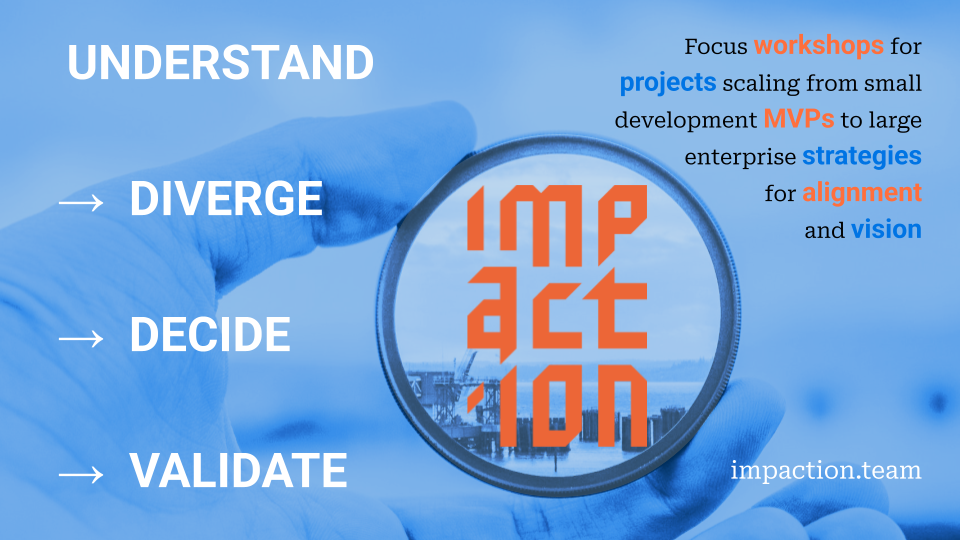Stages:
- Project Vision (1–2 days)
- End-User Perspective (0.5–1 day)
- Sketching Solutions (0.5–1 day)
- Project Planning (1 day)
Outputs/Decisions:
- Business Goals and Requirements
- User Story Backlog
- High level Technical Design
- High Level Delivery Plan
Methodologies:
- Design Sprint
- Open Space Workshop
- Value Stream Mapping
- Working Backward by Amazon
Total duration: 3 to 5 days
